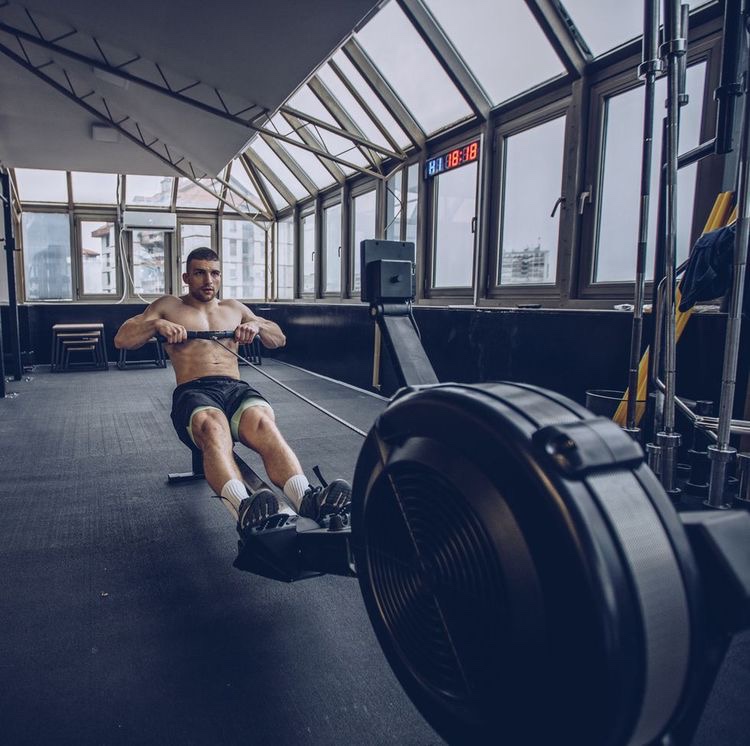Are you looking for a workout that engages your entire body, burns calories like a furnace, and provides a fun and satisfying experience? Look no further than the humble rowing machines workouts! Often overshadowed by other flashy gym equipment, rowing machines offer a fantastic full-body workout that caters to beginners and seasoned fitness enthusiasts alike. In this article, we will explore the numerous benefits of rowing machines, how they work, and why they have become increasingly popular among fitness enthusiasts.
Rowing machines, also known as rowers or ergometers, have been a staple in gyms and fitness centers for decades. However, it is only recently that they have gained widespread recognition as one of the most efficient and enjoyable ways to achieve overall fitness. As people seek versatile exercise options that engage multiple muscle groups simultaneously, the rowing machines workouts has stepped into the spotlight as the perfect solution.
At first glance, the rowing machine may seem intimidating, with its long sliding seat, handlebar, and a resistance mechanism. Yet, this deceptively simple-looking device is a powerhouse when it comes to engaging the entire body in a low-impact yet highly effective workout. Whether you’re a seasoned athlete or just starting your fitness journey, the rowing machine offers an accessible and safe way to work on strength, cardiovascular endurance, and overall well-being.
We’re an affiliate. We hope you love the products we recommend! Just so you know, we may collect a share of sales or other compensation from the links on this page. Thank you if you use our links, we really appreciate it!
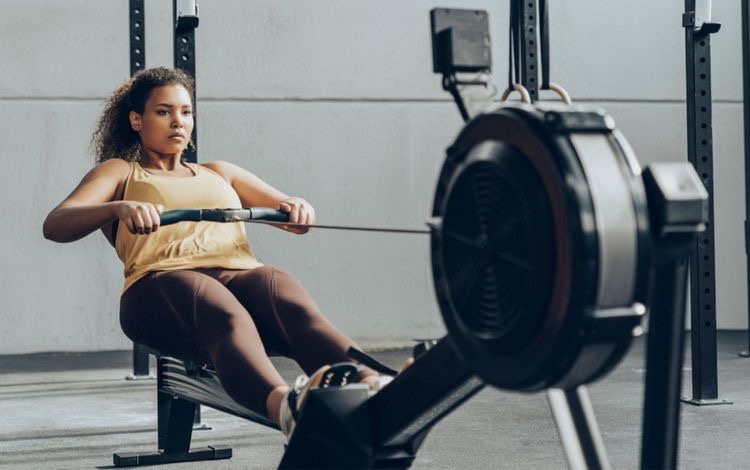
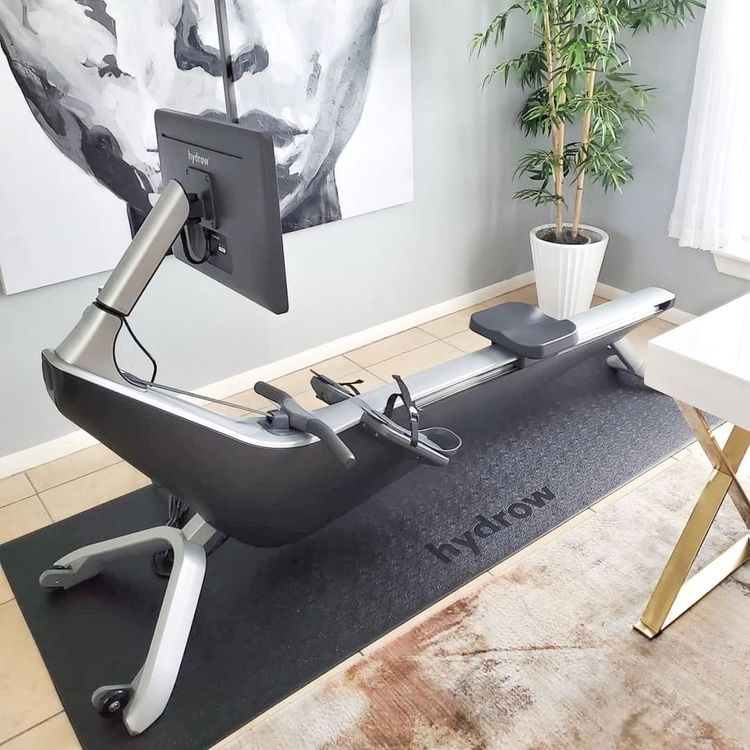
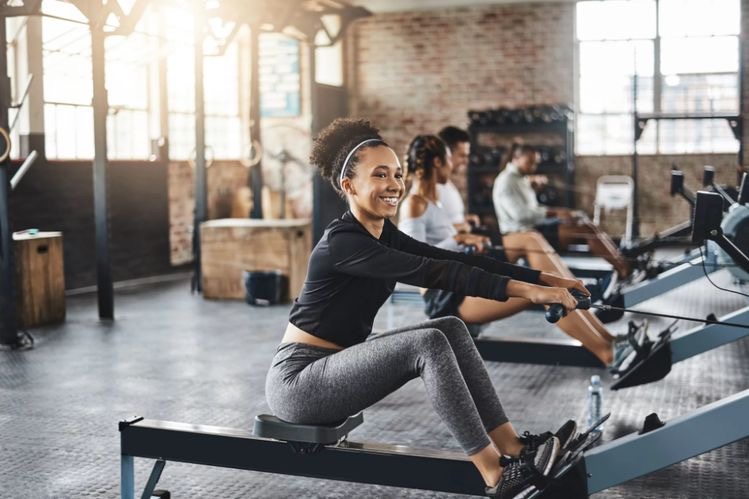
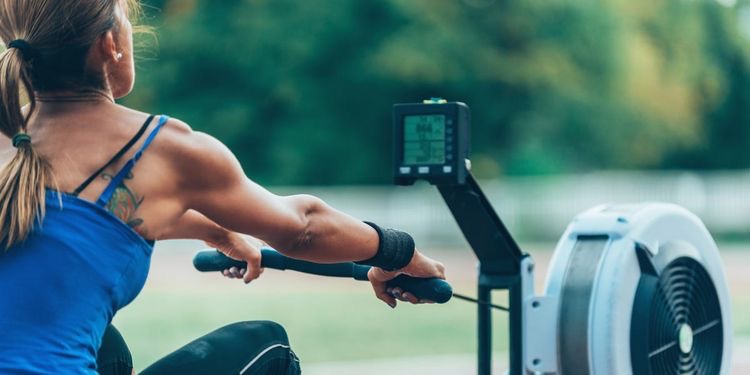
A Symphony of Motion: How Rowing Machines Work
The rowing machine mimics the motion of rowing a boat on water, and this fluid, rhythmic movement is what makes it such a captivating exercise. When using a rowing machine, you start in a seated position with your feet securely fastened to the footrests. Grasping the handlebar with an overhand grip, you begin the motion by pushing with your legs, engaging the powerful muscles of your quadriceps, hamstrings, and glutes.
As you extend your legs, your back and core muscles kick into action, maintaining proper posture and supporting your upper body. Finally, your arms and shoulders complete the movement by pulling the handlebar towards your torso, engaging the biceps, triceps, and upper back muscles. The return phase is just as important as you reverse the sequence, extending your arms, engaging your core, and then bending your knees to slide the seat back to the starting position.
The beauty of the rowing machine lies in its low-impact nature. Unlike activities such as running or jumping, where the joints endure significant stress, rowing provides a smooth, gliding motion that reduces the risk of injury while still delivering a powerful workout. Moreover, the rowing machine allows you to control the intensity of your workout by adjusting the resistance level, making it suitable for individuals of all fitness levels and ages.
How Many Calories Can be Burned with Rowing Machines Workouts?
The number of calories you can burn during a rowing machine workout and the time it takes to burn those calories will depend on various factors, primarily your weight, intensity of the workout, and the duration of the exercise session. Here’s a rough estimate of the calories burned for different time durations at a moderate intensity level (around 3.5 METs) based on body weight:
- For a person weighing approximately 125 pounds (56 kg):
- 15 minutes: Approximately 90-100 calories
- 30 minutes: Approximately 180-200 calories
- 60 minutes: Approximately 360-400 calories
- For a person weighing approximately 155 pounds (70 kg):
- 15 minutes: Approximately 110-130 calories
- 30 minutes: Approximately 220-260 calories
- 60 minutes: Approximately 440-520 calories
- For a person weighing approximately 185 pounds (84 kg):
- 15 minutes: Approximately 130-150 calories
- 30 minutes: Approximately 260-300 calories
- 60 minutes: Approximately 520-600 calories
Please note that these are rough estimates and can vary based on individual factors, including metabolism, fitness level, and rowing technique. Higher-intensity workouts or interval training can lead to increased calorie burn in a shorter amount of time.
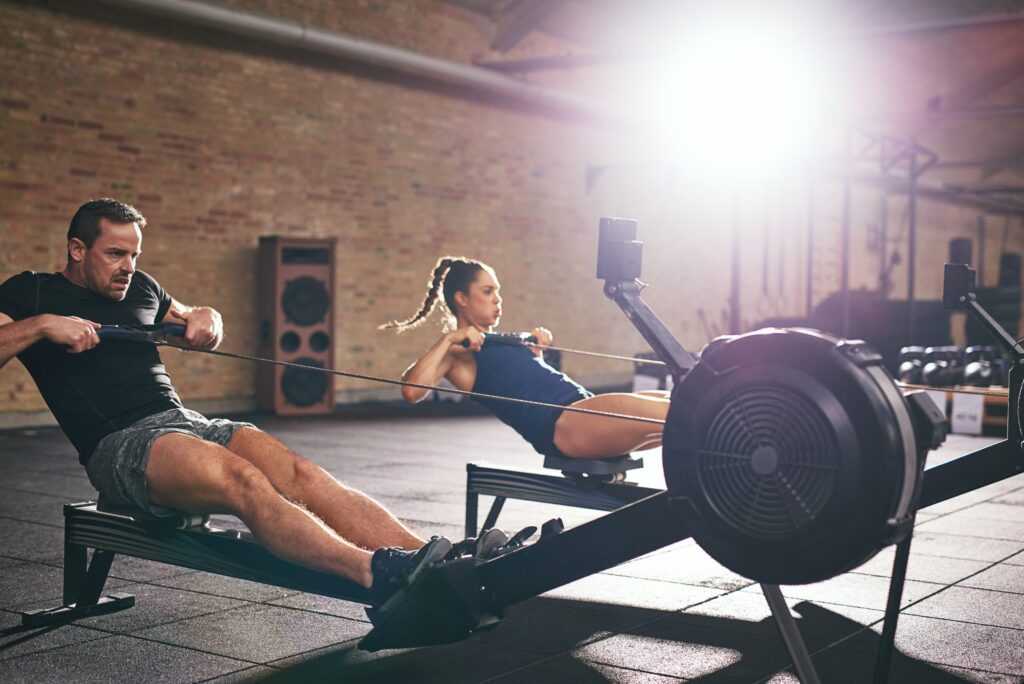
Comprehensive Full-Body Workout
One of the primary reasons why rowing machines have gained immense popularity is their ability to deliver a comprehensive full-body workout. Unlike many other exercise machines that focus on specific muscle groups, rowing engages multiple muscle groups simultaneously. From your legs, core, and back to your arms and shoulders, every stroke on the rowing machine activates a symphony of muscles, resulting in a well-rounded and efficient workout.
Low-Impact, Joint-Friendly Exercise
Protecting our joints is crucial, especially as we age or when dealing with certain health conditions. Rowing machines provide a low-impact exercise option that minimizes stress on your joints. The smooth gliding motion of rowing is gentle on your knees, hips, and ankles, making it an excellent choice for those recovering from injuries or seeking an alternative to high-impact exercises like running or jumping.
Cardiovascular Health and Endurance
Rowing is an exceptional cardiovascular exercise that gets your heart pumping and your lungs working. Regular rowing machines workouts can improve your cardiovascular health and increase your overall endurance. As you build stamina, you’ll find yourself with more energy to tackle daily tasks and enjoy various physical activities.
Versatility and Customization
Rowing machines offer versatility in workouts, catering to users with different fitness levels and goals. You can adjust the resistance level on the machine to make your workouts more or less challenging. Furthermore, rowing allows for various training styles, such as steady-state rowing, interval training, or endurance-focused sessions, ensuring that you never get bored and continue to make progress.
Time Efficiency and Convenience
Time is a valuable commodity, and the rowing machine understands that. With rowing, you can achieve a highly effective workout in a relatively short amount of time. No need to commute to the gym or wait for your favorite equipment to become available; your rowing machine is ready for action whenever you are, making it a convenient option for busy individuals.
Enhanced Posture and Core Strength
Proper rowing technique requires a strong core and back muscles to maintain a stable position. As you row, you’ll naturally improve your posture and strengthen your core, reducing the risk of back pain and promoting better alignment in your daily activities.
Stress Reduction and Mental Clarity
Exercise is not only beneficial for your body but also for your mind. Rowing can be a meditative and stress-relieving activity, allowing you to disconnect from the outside world and focus solely on your movements and breathing. The rhythmic motion of rowing can help calm your mind and provide mental clarity, leaving you feeling refreshed and rejuvenated.

How do i choose the right rowing machine for my home?
When choosing the right rowing machine for your home, consider the type of rower that suits you best: air rowers offer dynamic and responsive workouts, magnetic rowers provide quieter operation, and water rowers simulate the feeling of rowing on water. Evaluate the available space in your home and opt for a model that fits comfortably or can be folded for storage. Check the weight capacity to ensure it accommodates your weight and any other potential users. Look for adjustable resistance levels, a comfortable seat, ergonomic handlebar, and secure footrests with adjustable straps for a pleasant experience. The rowing machine should have a clear display showing essential metrics and, if desired, pre-programmed workouts and connectivity options. Prioritize build quality and durability, read reviews, and check warranties and customer support.
By taking these factors into account, you can find the perfect rowing machine to support your fitness journey and create an enjoyable and effective workout routine in the comfort of your own home.
Here are our personal picks for Home Rowing Machines based on all the factors we discussed:
(Click on the photo to open the link)
Here’s a step-by-step guide on how to do rowing machines workouts:
1. Adjust the Foot Straps: Before you begin, sit on the rowing machine’s seat and slide your feet into the foot straps. Make sure the straps are tight enough to keep your feet securely in place but not so tight that they feel uncomfortable.
2. Grasp the Handlebar: Reach forward to grasp the handlebar with an overhand grip. Your hands should be slightly wider than shoulder-width apart.
3. Starting Position (Catch): Sit up straight on the seat with your knees bent and close to your chest. Your shins should be vertical, and your back should be straight but slightly leaning forward. Your arms should be fully extended, and your wrists should be flat.
4. The Drive Phase: To begin rowing, push with your legs (not with your arms) and extend them while keeping your back straight. As your legs straighten, lean back slightly, and then pull the handlebar towards your chest by bending your elbows.
5. The Finish Position: At the finish of the stroke, your legs should be fully extended, your body leaning back slightly, and the handlebar touching your lower chest or upper abdomen. Your shoulders should be relaxed, and your wrists should be flat.
6. The Recovery Phase: To return to the starting position, reverse the motion. First, extend your arms forward, then lean your upper body forward, and finally bend your knees to slide the seat back to the starting position. This phase is called the recovery phase.
7. Breathing: Breathe naturally throughout the rowing stroke, inhaling during the recovery phase and exhaling during the drive phase.
Rowing Technique Tips:
- Keep your movements smooth and controlled.
- Avoid hunching or rounding your back during the stroke.
- Engage your core muscles to support your back and maintain proper posture.
- Focus on pushing with your legs and using your core and back muscles to finish the stroke, rather than relying solely on your arms.
Choosing the Right Home Workout Equipment
When it comes to maintaining an active lifestyle from the comfort of your home, having the right exercise equipment can make all the difference. While rowing machines offer an incredible full-body workout, it’s important to explore other options as well. From treadmills and ellipticals to stationary bikes, there’s a diverse range of fitness machines to help you achieve your weight loss goals and overall well-being. Each machine provides a different type of workout experience, ensuring that you never get bored and can target various muscle groups.
Read more about treadmills, ellipticals and stationary bikes!

